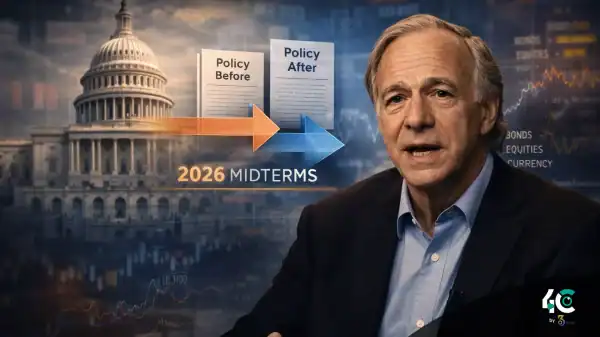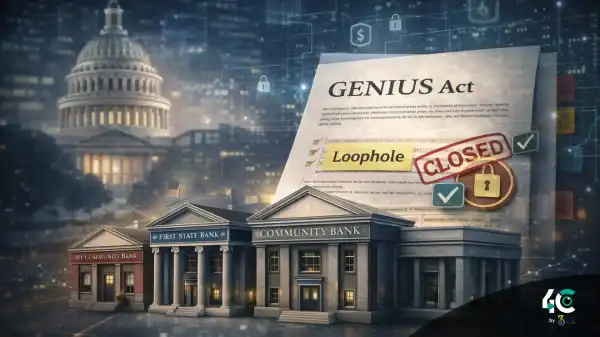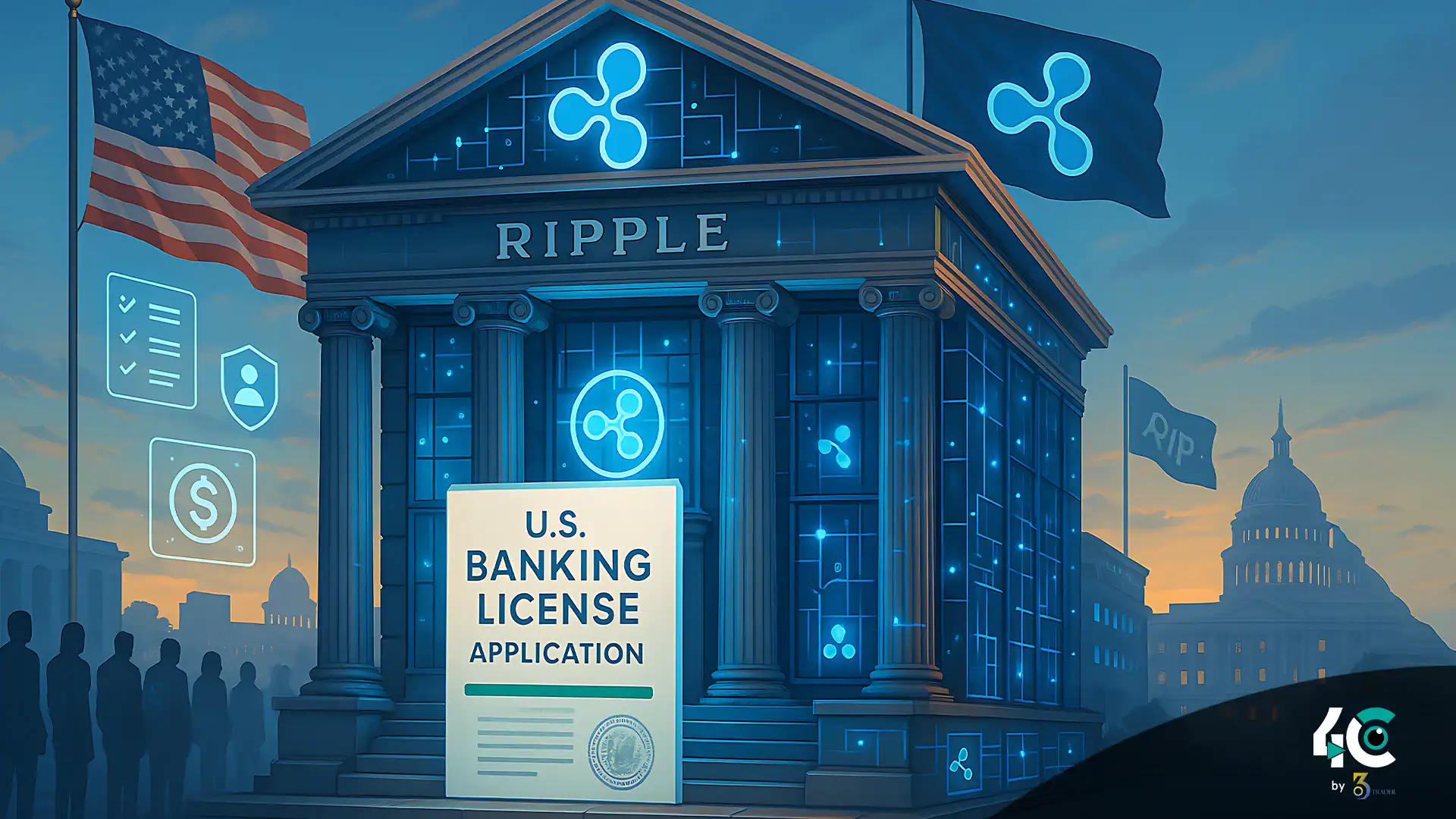Ripple Seeking Federal Regulatory Approval for Banking License in US
Ripple Labs has taken steps to improve its legitimacy and increase regulatory oversight by applying for a national banking license in the U.S. Office of the Comptroller of the Currency (OCC). By taking this step, Ripple seeks to ensure its RLUSD stablecoin operations comply with forthcoming federal legislation—thus bridging the crypto and banking worlds.
On X (formerly Twitter), CEO Brad Garlinghouse verified the movement while also highlighting the company’s extensive compliance history. Ripple is an application for a national bank charter from the OCC, an embodiment of the culture of the company. The approval will place Ripple under the oversight of both the federal and state governments.
A Ripple banking license, if granted, will place RLUSD under stricter regulatory oversight and will help to bolster trust with both institutions and regulators. The New York Department of Financial Services (NYDFS) has established state-level oversight for RLUSD.
Following Circle’s Lead Amid Stablecoin Legislation
Just days after Circle, the issuer of USDC, filed for a similar charter, Ripple is at it too. Recent advances related to the GENIUS Act (awaiting official listing) passed by the Senate define formal guidelines for stablecoin issuers, requiring them to be OCC-overseen. This has driven applications like Ripple’s, according to CoinDesk.
The chief executive officer of Circle, Jeremy Allaire, said the firm is taking “proactive steps to comply with emerging U.S. regulation,” a sentiment that Ripple seems to echo with its new filing.
At the moment, Anchorage Digital is the single crypto-native outfit with access to a national bank charter, signifying its uniqueness and significance.
Bid for Fed Master Account Adds Another Layer
Ripple has also applied for a master account with the Federal Reserve via its subsidiary Standard Custody, which it acquired in early 2024. The OCC license would give Ripple direct access to central bank payment systems and the ability to hold RLUSD reserves directly with the Fed. “This access will futureproof RLUSD by giving it a new layer of safety and trust,” Garlinghouse said.
Ripple could enable 24/7 issuance and redemption of its stablecoin while rolling out functionalities in a way that eliminates the need for an intermediary bank.
Stablecoin Market Shifts and Ripple’s Role
Due to shifting regulations, stablecoins are adding to the demand for federal chartering of crypto firms. The GENIUS Act is awaiting a vote in the House of Representatives and has backing from President Donald Trump. This is the most significant advancement in crypto legislation to date. The legislation would require full dollar backing, monthly disclosures, and stronger consumer protections.
Even Tether’s market cap is almost $158 billion in circulation. Meanwhile, Ripple’s RLUSD (launched in late 2024) now sits at a market cap of $470 million. RLUSD’s dual oversight model, albeit particularly mild, could set a new industry benchmark for transparency and reliability.
Ripple’s moves are part of a bigger industry effort to try to bring crypto services into the type of regulatory net that’s long been cast over traditional banks.
Legal Challenges Persist, But Development Accelerates
Ripple wants to expand banking possibilities despite the lawsuit. On June 26, a federal judge turned down the company’s $50 million settlement offer to the U.S. institution XRP sales regarding the Securities and Exchange Commission (SEC). The court upheld institutional sales restrictions while rejecting any ban on retail trading.
Ripple has backed away from its cross-appeal to further its product expansion. RippleX, the firm’s development blockchain arm, launched XRP Ledger v2.5.0 featuring upgrades for stablecoin support and improved transaction processing.
Future Prospects: Banking and Crypto to Have CloseBlood Relations
Ripple is getting closer to traditional finance with its OpenPayd tie-up, which includes fiat rails (real money), multi-currency accounts and real-time payments. Ripple clearly positions RLUSD for wider adoption as it combines with the potential of Fed account access.
With the passing of the GENIUS Act and the ongoing regulation for stablecoins in the US, Ripple is one step ahead in the race to win the banking license.
Conclusion
Ripple’s application for approval as a U.S. bank, as well as an account with the Federal Reserve, will help shape the future for compliant digital finance. As stablecoins approach mainstream acceptance, RLUSD may become a prime example of how cryptocurrency can effectively converge with traditional finance under regulation.

































